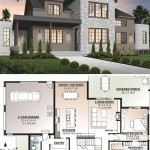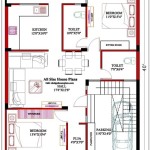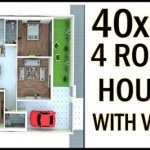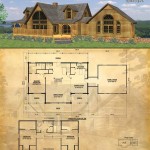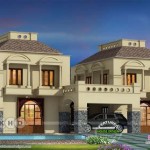Multi Story Building Plans Essential Aspects
The complexity and scale of multi-story building projects necessitate meticulous planning and design. Architects and engineers must collaborate closely to produce comprehensive building plans that address safety, functionality, and aesthetics. This article explores the fundamental aspects of multi-story building plans, providing valuable insights for developers, contractors, and aspiring architects.
1. Structural Integrity and Stability
The foundation of any building lies in its structural integrity. Multi-story buildings, particularly high-rises, must withstand significant weight, wind loads, and seismic forces. Structural engineers carefully calculate the load-bearing capacity of each component, ensuring the building remains stable and safe under various conditions.
2. Architectural Design and Aesthetics
Beyond structural soundness, architects play a critical role in creating visually appealing and functional designs. The overall aesthetic, the flow of spaces, and the integration of sustainable features are carefully considered, balancing form and function to enhance the building's overall appeal and marketability.
3. Mechanical, Electrical, and Plumbing Systems
The lifeblood of any building lies in its mechanical, electrical, and plumbing (MEP) systems. Architects collaborate with engineers to seamlessly integrate these systems into the design, ensuring they meet regulatory requirements, provide efficient operation, and contribute to occupant comfort.
4. Fire Safety and Emergency Preparedness
Multi-story buildings pose unique fire safety challenges. Building plans must incorporate stringent fire codes, including fire-rated materials, compartmentalization, and emergency evacuation routes. Fire sprinklers, smoke detectors, and fire alarms are essential components of a comprehensive fire safety plan.
5. Energy Efficiency and Sustainability
In today's environmentally conscious world, building plans must prioritize energy efficiency and sustainability. Architects and engineers explore passive design strategies, high-performance building materials, and renewable energy sources to reduce energy consumption and minimize the building's environmental impact.
6. Accessibility and Inclusivity
Building plans must ensure accessibility and inclusivity for all occupants, regardless of their physical abilities. This includes providing ramps, elevators, accessible restrooms, and assistive technologies to cater to individuals with disabilities.
7. Construction Planning and Management
Multi-story building projects require meticulous construction planning and management. Building plans outline the construction schedule, material specifications, and safety protocols, ensuring the project is completed efficiently, within budget, and to the highest standards.
Conclusion
Multi-story building plans are the blueprints for safe, functional, and aesthetically pleasing structures. By considering each of these essential aspects, architects, engineers, and developers can create buildings that not only meet but exceed the expectations of occupants and contribute to the built environment's overall beauty and functionality.

Two Story House Building Plans New Home Floor Plan Designers 2 Design

Custom 2 Story Houses New Two Home Plans Housing Development D House Layout Sims Layouts

Unique Two Story House Plan Floor Plans For Large 2 Homes Desi Family Blueprints Victorian

Simple 2 Y House Design With Floor Plan 32 X40 4 Bed Room Two Plans

Stylish And Smart 2 Story House Plans With Basements Houseplans Blog Com

Unique Two Story House Plan Floor Plans For Large 2 Homes Desi

Design Multi Story Plans For Your Commercial Buildings By Asaas Fiverr

2 Level House Plans Distinctive Homes Double Y Modern Two Designs Floor Catalog

House Floor Plans Your Best Guide To Home Layout Ideas Decorilla Interior Design

Two Story House Plan Examples

